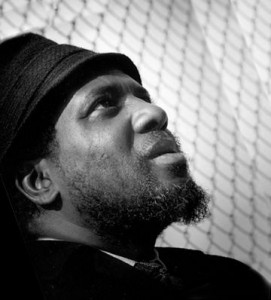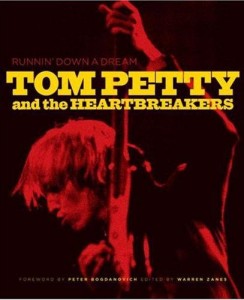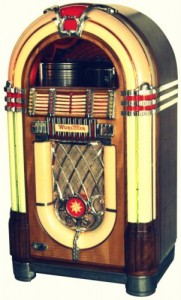 Last night, Rádio Nacional da Amazônia had a booming signal into North America on 11,780 kHz. Rádio Nacional’s AM signal was very wide; I actually opened up the filter on my SDR to 16 kHz to record this broadcast. In truth, that’s probably too wide, but it certainly made for great audio fidelity.
Last night, Rádio Nacional da Amazônia had a booming signal into North America on 11,780 kHz. Rádio Nacional’s AM signal was very wide; I actually opened up the filter on my SDR to 16 kHz to record this broadcast. In truth, that’s probably too wide, but it certainly made for great audio fidelity.
So, if you’re in the mood for some Brazilian music and commentary today, this 168 minute recording of Rádio Nacional da Amazônia should satisfy.
This was recorded on Sunday, April 28–starting around 22:15 UTC–on 11.78 MHz. Click here to download the full recording as an MP3 file, or listen in the embedded player below:
Want more Rádio Nacional? Click here for other recordings.


 For your listening pleasure: two hours of music, and a little Greek commentary, from the Voice of Greece.
For your listening pleasure: two hours of music, and a little Greek commentary, from the Voice of Greece.

 The Mighty KBC’s broadcast from Bulgaria was mighty strong last night into North America. I recorded the full 2 hour show of The Giant Jukebox on 9,450 kHz beginning at 00:00 UTC.
The Mighty KBC’s broadcast from Bulgaria was mighty strong last night into North America. I recorded the full 2 hour show of The Giant Jukebox on 9,450 kHz beginning at 00:00 UTC.